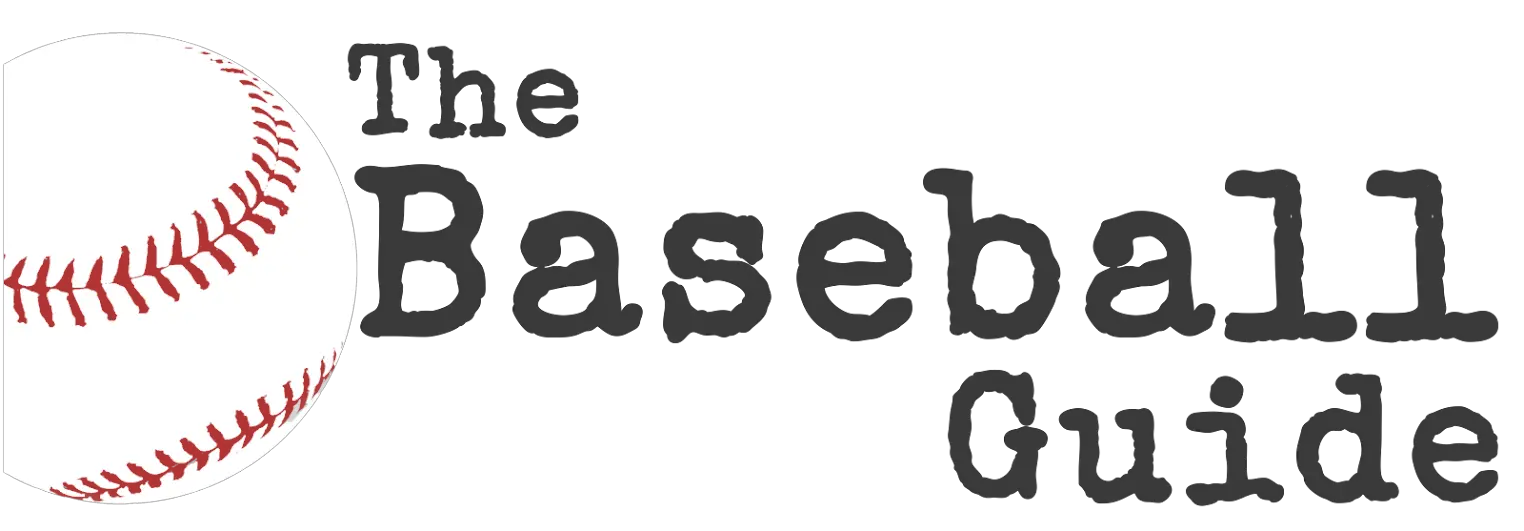In baseball, a neighborhood play refers to a force play where a fielder, trying to force out a runner at second base, quickly catches and throws the ball to first base for a double play attempt, without necessarily touching second base or touching it well before receiving the ball. Contrary to every rule, such a play is not technically an out since the fielder with the ball has to touch a force base or tag the forced runner before the runner arrives. Nevertheless, it gets treated differently at different levels and leagues in amateur baseball, and its necessity and appropriateness are subjects of debate. It developed traditionally due to the common occurrence of a sliding runner colliding with the fielder at second base, which could lead to injuries. To prevent such accidents and facilitate safety, umpires allowed fielders to score the first out of an attempted double play without touching second base, as long as it appeared to be out. This meant the fielder made a clean catch, and turn, and threw near second base before the runner arrived, providing a safe means for middle infielders and allowing the continuation of the take-out slide tradition.
Instant Replay and its Impact on the Neighborhood Play
With the introduction of instant replay in Major League Baseball in 2014, the dynamics of the neighborhood play changed significantly. Although initially exempt from instant replay along with balls and strikes, a pivotal game on April 2nd between the Chicago Cubs and Pittsburgh Pirates reshaped its perception. During this game, the Cubs challenged a ruling on a presumed 4-6-3 double play. The review showed that the force was missed due to an inaccurate throw from the second baseman, not because of safety concerns. This highlighted that it wasn’t a neighborhood play, leading to the runner being declared safe, and consequently, a run scored from third. In 2016, neighborhood plays officially became reviewable.
The neighborhood play continues to be relevant in amateur and college baseball, especially where instant replay is not permitted. This importance is underscored by rules requiring runners to slide directly into bases at lower levels of baseball, mitigating the risk of collisions during double plays.
A notorious incident during the 2015 NLDS underlined the necessity of these rule changes. Chase Utley ran through Ruben Tejada, resulting in Tejada breaking his leg. While Utley was out on the force play, Tejada was unable to complete the double play due to reaching for the bag and turning his back to the base runner.
Instant replay has now become an integral part of MLB, despite some complaints from coaches, players, and fans about umpires making wrong calls. This technology has greatly improved the accuracy of calls, particularly regarding players touching or not touching bases to officially record an out.
